- sort orderDefault
Photo title, A → Z
Photo title, Z → A
✔ Date created, new → old
Date created, old → new
Date posted, new → old
Date posted, old → new
Visits, high → low
Random - Google Map
- map
 home / Insecta · vabzdžiai / Coleoptera · vabalai / Cantharidae · minkštavabaliai / Cantharis livida · juodablauzdis minkštavabalis
home / Insecta · vabzdžiai / Coleoptera · vabalai / Cantharidae · minkštavabaliai / Cantharis livida · juodablauzdis minkštavabalis

-
 Cantharis livida · juodablauzdis minkštavabalis
Cantharis livida · juodablauzdis minkštavabalis
-
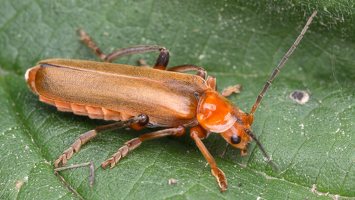 Cantharis livida · juodablauzdis minkštavabalis
Cantharis livida · juodablauzdis minkštavabalis
-
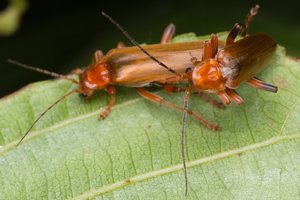 Cantharis livida · juodablauzdis minkštavabalis
Cantharis livida · juodablauzdis minkštavabalis
-
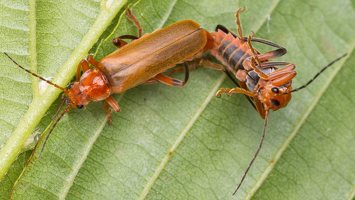 Cantharis livida · juodablauzdis minkštavabalis
Cantharis livida · juodablauzdis minkštavabalis
-
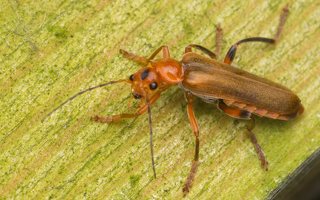 Cantharis livida · juodablauzdis minkštavabalis
Cantharis livida · juodablauzdis minkštavabalis
-
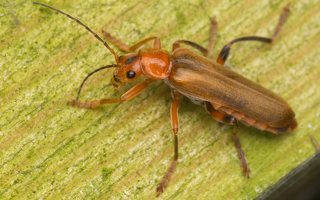 Cantharis livida · juodablauzdis minkštavabalis
Cantharis livida · juodablauzdis minkštavabalis
-
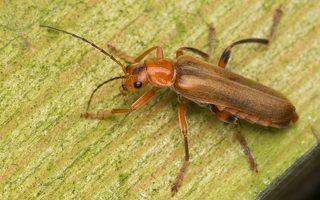 Cantharis livida · juodablauzdis minkštavabalis
Cantharis livida · juodablauzdis minkštavabalis
-
 Cantharis livida · juodablauzdis minkštavabalis
Cantharis livida · juodablauzdis minkštavabalis
-
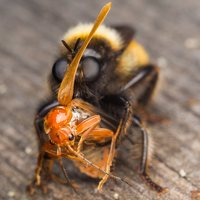 Laphria flava · kamaniškoji plėšriamusė
Laphria flava · kamaniškoji plėšriamusė
-
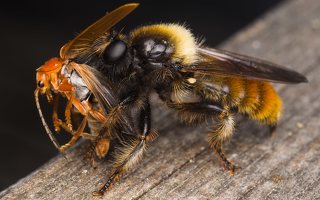 Laphria flava · kamaniškoji plėšriamusė
Laphria flava · kamaniškoji plėšriamusė
-
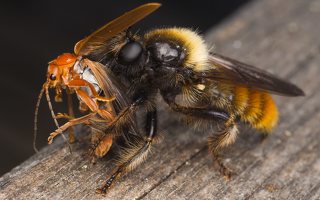 Laphria flava · kamaniškoji plėšriamusė
Laphria flava · kamaniškoji plėšriamusė
-
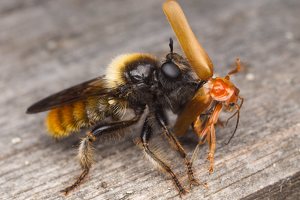 Laphria flava · kamaniškoji plėšriamusė
Laphria flava · kamaniškoji plėšriamusė
-
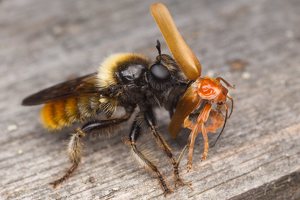 Laphria flava · kamaniškoji plėšriamusė
Laphria flava · kamaniškoji plėšriamusė
-
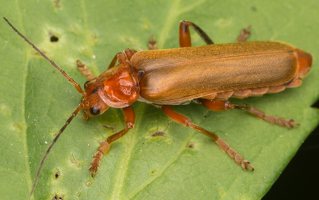 Cantharis livida · juodablauzdis minkštavabalis
Cantharis livida · juodablauzdis minkštavabalis
-
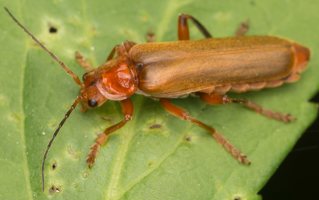 Cantharis livida · juodablauzdis minkštavabalis
Cantharis livida · juodablauzdis minkštavabalis
-
 Cantharis livida · juodablauzdis minkštavabalis
Cantharis livida · juodablauzdis minkštavabalis
-
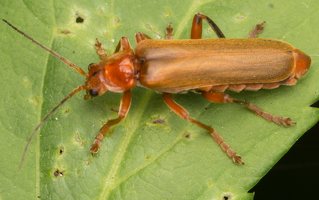 Cantharis livida · juodablauzdis minkštavabalis
Cantharis livida · juodablauzdis minkštavabalis
-
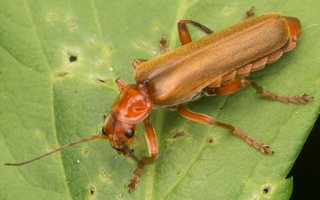 Cantharis livida · juodablauzdis minkštavabalis
Cantharis livida · juodablauzdis minkštavabalis
-
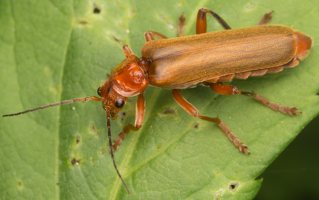 Cantharis livida · juodablauzdis minkštavabalis
Cantharis livida · juodablauzdis minkštavabalis
-
 Cantharis livida · juodablauzdis minkštavabalis
Cantharis livida · juodablauzdis minkštavabalis
-
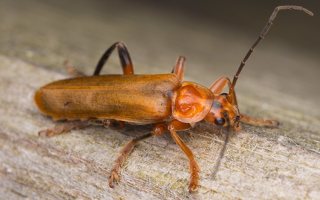 Cantharis livida · juodablauzdis minkštavabalis
Cantharis livida · juodablauzdis minkštavabalis
-
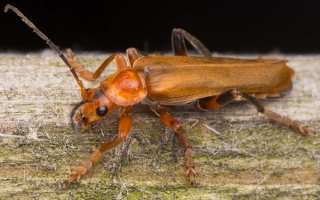 Cantharis livida · juodablauzdis minkštavabalis
Cantharis livida · juodablauzdis minkštavabalis
-
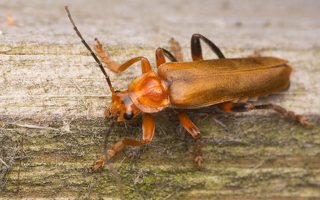 Cantharis livida · juodablauzdis minkštavabalis
Cantharis livida · juodablauzdis minkštavabalis
-
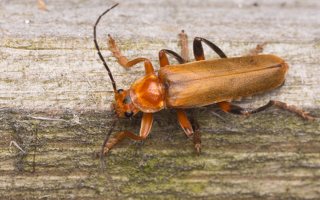 Cantharis livida · juodablauzdis minkštavabalis
Cantharis livida · juodablauzdis minkštavabalis
-
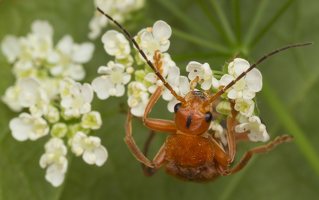 Cantharis livida · juodablauzdis minkštavabalis
Cantharis livida · juodablauzdis minkštavabalis
-
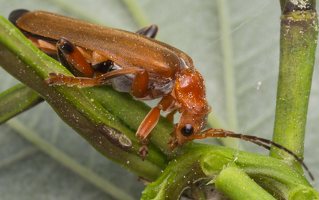 Cantharis livida · juodablauzdis minkštavabalis
Cantharis livida · juodablauzdis minkštavabalis
-
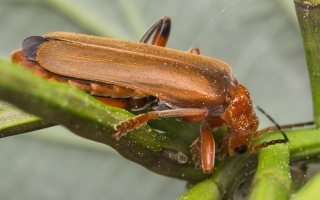 Cantharis livida · juodablauzdis minkštavabalis
Cantharis livida · juodablauzdis minkštavabalis
-
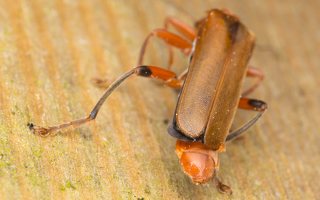 Cantharis livida · juodablauzdis minkštavabalis
Cantharis livida · juodablauzdis minkštavabalis
-
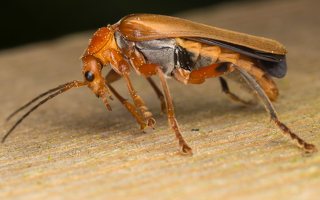 Cantharis livida · juodablauzdis minkštavabalis
Cantharis livida · juodablauzdis minkštavabalis
-
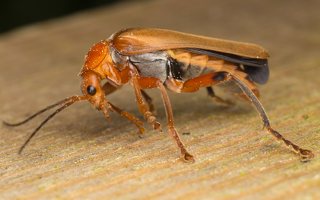 Cantharis livida · juodablauzdis minkštavabalis
Cantharis livida · juodablauzdis minkštavabalis
-
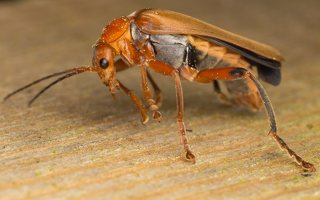 Cantharis livida · juodablauzdis minkštavabalis
Cantharis livida · juodablauzdis minkštavabalis
-
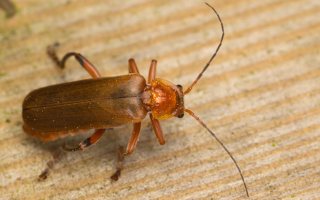 Cantharis livida · juodablauzdis minkštavabalis
Cantharis livida · juodablauzdis minkštavabalis
-
 Cantharis livida · juodablauzdis minkštavabalis
Cantharis livida · juodablauzdis minkštavabalis
-
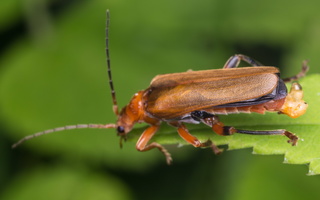 Cantharis livida · juodablauzdis minkštavabalis
Cantharis livida · juodablauzdis minkštavabalis
Cantharis livida · juodablauzdis minkštavabalis
- livid soldier beetle
- Variabler Weichkäfer
- nummisylkikuoriainen
- juodablauzdis minkštavabalis
- geel soldaatje, bleekgele weekschild, bleekgele weekschildkever
- omomiłek parkowy
- ukbeetles.co.uk/cantharis-livida
- en.wikipedia.org/wiki/Cantharis_livida
- naturespot.org.uk/species/cantharis-livida
- gbif.org/species/5744135
This species is present in most of Europe, in the eastern Palearctic realm, and in North Africa. It has also been introduced to the eastern United States and Canada. Cantharis livida lives in bushes, edges of forests and meadows. These soldier beetles can be found on flowers, trees and shrubs from May to July, hunting for small insects. Also the larvae are predators, feeding on snails and earthworms.
Cantharis livida reaches a length of 10–15 mm. The body of this species is flat and long, with a weak exoskeleton. The colour is quite variable, depending on the subspecies. Elytra are usually yellow or reddish-brown, but in the form var. rufipes they are black or dark brown. The head, the thorax, the abdomen are bright red or orange. The long antennae are reddish, with darker tips. The legs are reddish, with brownish tarsi.